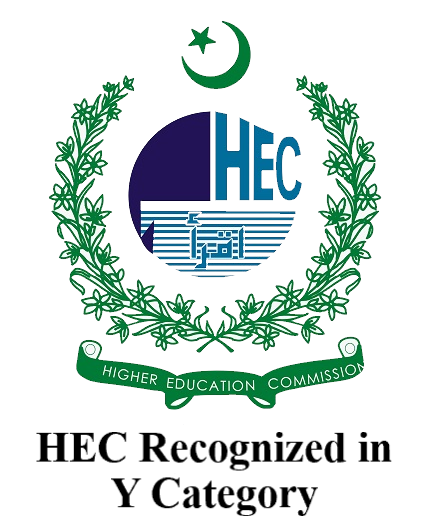Impact of Gratitude and Kindness on Self- Esteem, Subjective Well-Being and Family Relationships among University Students
DOI:
https://doi.org/10.71016/hnjss/72k6ar96Keywords:
Positive Psychology based Interventions (PPIs), Gratitude, Kindness, Self EsteemAbstract
Aim of the Study: The aim of the present study was to explore the impact of gratitude and kindness-based interventions on self-esteem, subjective well-being and family relations among university students.
Methodology: It was a within and between-group experimental study. Positive Affect and Negative Affect Schedule (PANAS) (Watson, Clark & Tellegen, 1988) was used to measure subjective well-being. Rosenberg Self-esteem Scale (Rosenberg, 1965; Rizwan, Aftab, Shah, and Dharwarwala, 2012) was used to measure self-esteem and family relationship was measured by using Family System Apgar scale (Smilkstein, 1978). The sample consisted of university students (N=88) of the age range (18-27). Participants were divided into three groups i.e., experimental group I - gratitude group (n=27), experimental group II- kindness group (n=33) and control group (n=28). This study was carried out in three phases.
Findings: Findings revealed that for experimental group II family relation improved and negative affect decreased after conducting kindness-based meditation, while no change was observed in the control group.
Conclusion: This study explored how positive psychology-based interventions work in collectivistic culture. Moreover, this research has implications for therapists and psychologists working with young people.
Downloads
Published
Issue
Section
License
Copyright (c) 2023 Rukhshanda Majeed, Prof. Dr. Anila Kamal (Author)

This work is licensed under a Creative Commons Attribution-NonCommercial 4.0 International License.








